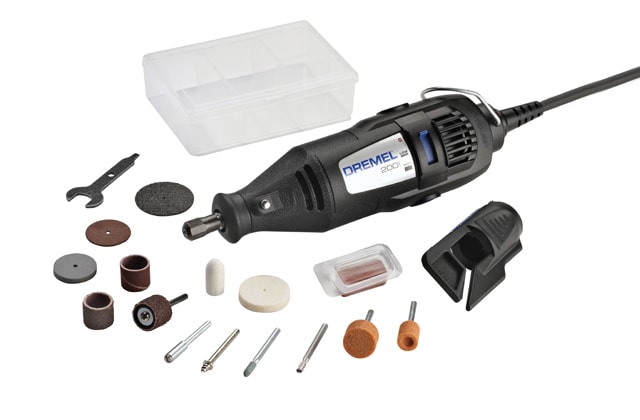Rotary saw vs rotary tool
At first glance, a rotary saw and a rotary tool appear to be quite similar, but their purposes are rather different.
A rotary tool is capable of accomplishing a wide range of different tasks, thanks to the impressive variety of attachments available. Its 1.5-A motor is perfect for hobby and craft work, do-it-yourself projects, carving, detail sanding and many other light jobs around the home (e.g., for indoor maintenance and outdoor maintenance). It can also handle more demanding tasks on occasion, such as cutting nails with the addition of a small grinder, or cutting out drywall. This tool can even be used as a rotary saw on occasion.
A rotary saw, also known as a spiral saw, is a specialized tool designed to cut wood, plastic, ceramic, drywall and other thin materials with precision. Unlike a jigsaw blade, which cuts in a single direction only, the rotary saw bit allows for multidirectional cuts.
For more heavy-duty and frequent cut-out work on materials such as plywood or drywall, the rotary saw is the ideal tool.
 Dremel rotary tool
Dremel rotary tool














